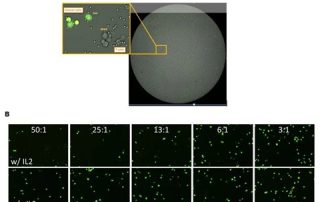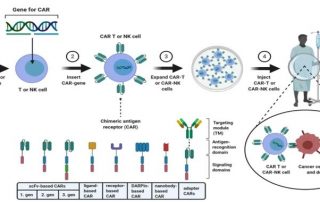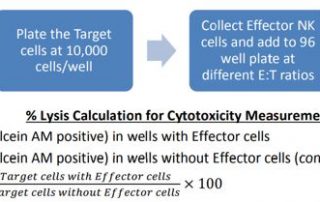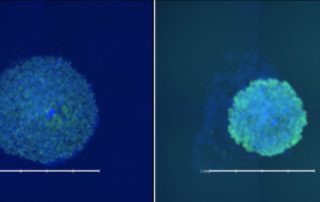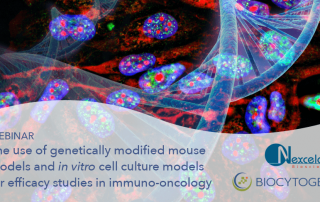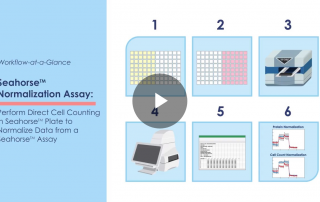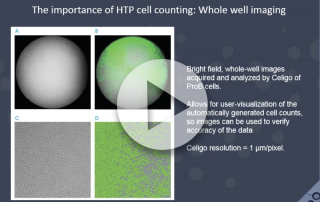The University of Kentucky investigated progesterone receptor membrane component 1 (PGRMC1), an often upregulated component in thyroid, breast, colon and lung tumors. PGRMC1 has been associated with drug resistance and is thought of as an indicator of prognosis. The researchers employed a variety of cell types to represent head and neck cancers, as well as oral, lung and ovarian cancers. These cells were exposed to PGRMC1 inhibitors. The Cellometer performed cell counts with Trypan Blue. The PGRMC1 inhibitors successfully prompted cancer stem cell death even when other anti-cancer agents did not. The researchers suggest using PGRMC1 as a cancer stem [...]

